Top 12 Skincare Trends for 2023
The classic principles of skincare remain the same over time. It’s not just a trend to want healthy, glowing skin. However, the beauty industry is fast-paced, and new trends are always on the horizon. Some beauty trends will fade away, having been only a brief, one-hit-wonder. Others will find their way into our permanent routines forever.
Skincare trends aren’t just looking inward, though. Skincare trends for 2023 and beyond will increasingly encompass aspects of business, branding, and social activism, not just skincare effects and results.
Let me take you through some exciting beauty tips and trends we expect for 2023.
#1: Oil Serums
It’s no secret that oil serums are our specialty! We refer to them as elevated face oils.
Simple, carrier-oil-based face oils are lovely for your skin, like a basic face lotion without active ingredients. However, they are pretty passive. Like water-based serums, oil serums contain more potent and active ingredients for more dramatic results.
An advantage of oil serums is that they are better able to penetrate your skin’s outer layers and get the active ingredients where they need to go. The downside to oil serums is that not all active ingredients are oil-soluble, so they may not meet all your skincare needs.
An increasing focus is placed on clean, green, and results-based ingredients. Oil serums can stay closer to nature because they are waterless and do not require emulsifiers or preservatives – a factor that is important to some consumers.
Oil serums deliver powerfully active ingredients like bakuchiol and tetrahexyldecyl ascorbate while remaining simpler and more natural than other types of serums. They are also highly moisturizing, protective of your skin barrier, and can improve your skin health.
Whether you’re looking for a quick fix or a long-term solution, oil serums are a staple in today’s skincare routine. They’re lightweight, absorb quickly and leave skin supple and fresh.
#2: Skin Cycling
You can’t talk about skincare trends without mentioning the latest TikTok craze – skin cycling.
First described by Dr. Whitney Bowe, a New York-based dermatologist, skin cycling is a way to space out your routine to maximize results and minimize irritation.
Skin cycling is a four-part nighttime routine designed to optimize your skin’s repair processes. The classic approach is to have 1 night for retinoid, 1 night for exfoliation, 2 nights of rest – then repeat.
We love the concept of skin cycling, but we don’t love retinoids. If you’re in the same boat, you can still design your own approach. The key is that you only do things that might be irritating to your skin infrequently but still regularly.
My own personal routine is on a 6-day rotation:
|
Day |
Irritating Treatment |
|
|
1 |
Glycolic Acid Toner |
|
|
2 |
Glycolic Acid Toner |
Tetrahexyldecyl Ascorbate Serum |
|
3 |
Mechanical Exfoliation |
Tetrahexyldecyl Ascorbate Serum |
|
4 |
Rest |
|
|
5 |
Rest |
Bakuchiol Oil Serum |
|
6 |
Rest |
Bakuchiol Oil Serum/Slugging Night |
#3: Say Goodbye to Retinol?
There is no arguing that retinoids are extremely effective and highly researched skincare ingredients. However, I don’t enjoy using products that come with a ‘no-pain-no-gain’ pep talk and require 6 weeks of healing after I finally give up all hope of using them… yet again.
With the arrival of Bakuchiol and other regimens that can work to approximate similar results without irritation, you can have a more pleasant skincare experience.
Although Bakuchiol is our current favourite ingredient, there isn’t enough evidence to say it’s better than retinol. However, it’s worth a try if you want a botanical alternative to retinoids for reasons like intolerance, preference for natural ingredients, or pregnancy.
#4: Waterless Beauty
Also called anhydrous, water-free products are essential in moisturizing and skin repair. Since human skin is water-repellant, oil-soluble products penetrate better into the skin tissues. In addition to being more nourishing and protective, oil and butter-based products can also be more sustainable. This isn’t always the case, though.
Improved sustainability comes from improving the water footprint. For example, if you buy a 1.5L (plastic) bottle of liquid laundry detergent versus a small, compostable, cardboard envelope containing waterless laundry detergent strips you have made a huge reduction in the water and plastic you use to do laundry.
We have taken a deeper dive into the waterless beauty trend and discuss how much of it is true vs marketing hype when it comes to beauty products.
#5: Slugging
This has nothing to do with slugs (although snail slime is also a trendy ingredient we've written about elsewhere).
Initially developed in South Korea, slugging involves applying a petroleum-based balm to your face at night. This creates an occlusive layer that prevents transepidermal water loss. This will help keep your skin moisturized and glowing.
The trend went viral after Charlotte Palermino, a New York based aesthetician, introduced the concept on her TikTok and Instagram, saying that it made her skin look juicy.
Contrary to some beliefs, petroleum jelly is not a common culprit for clogging pores. However, this is a treatment best skipped by people with oily skin.
If you prefer natural and cruelty free products, you can still use the slugging technique. We’ve published an easy DIY recipe for a non-comedogenic, occlusive emollient in our article about vegan alternatives to emu oil.
#6: Brand Activism
Advancing social movements and environmental causes is more important now than ever. Consumers are savvy and can see right through brands that are greenwashing or acting non-transparently. Therefore a brand’s social impact is essential; there are more ways to engage with consumers than ever before.
At least 50% of beauty consumers are influenced by natural or eco-friendly products. They also prefer brands with a clean-packaging method. Other issues are at the front of people's' minds like trans rights, modern slavery, and veganism.
Brands can have a voice and influence social justice and change.
As the industry becomes more transparent, consumers will become more engaged. In the process, the fashion and beauty industries will have to adapt.
#7: Anti-Plastic Movement
Speaking of brand activism, let’s talk about the anti-plastic movement.
Only 9% of plastic gets recycled. As an example, so many skincare containers (including many that say they are made from recyclable material) just get trashed at the recycling depot because they have been dyed an intense colour. Cosmetic industry waste is a huge problem.
To solve the puzzle, some companies claim to offer services like “recycling by mail,” where consumers tend to send their hard-to-recycle items to be recycled properly. However, this needs to be more satisfactory; according to a fact sheet, Beyond Plastics and The Last Beach Clean Up, this is sometimes greenwashing. These companies are sometimes preaching false solutions to fool the public.
Glass can be problematic, too, however. Brands need to choose when and how to properly use plastic. In addition, brands need to know whether their plastic is going to GET recycled (ie. does their color of choice invalidate the possibility).
Going one step further, it’s time to start aggressively supporting the innovators and changemakers inventing more sustainable alternatives to conventional plastic. Getting novel materials into the mainstream market will help reduce purchasing costs and increase R&D efforts.
#8: Microplastic-Free Products
Furthering the anti-plastic movement, working to eliminate liquid microplastic ingredients in personal care products is a trend that is finally increasing due to increased awareness.
People usually think of visible particles, like microbeads, when they think of microplastics. Macroplastics get broken down into smaller and smaller pieces until they are invisible and can work their way up the food chain. They persist in the environment forever. They have been found in human tissues, lungs, placentas, and breastmilk.
A whole other category of microplastic (the liquid variety) can be found as ingredients in 9/10 skincare products. They are used to modify texture, thickness, and skin feel. Examples are acrylate copolymer and polyethylene.
The Plastic Soup Foundation Beat the Microbead program specifically certifies brands as being microplastic-free when they don’t use any of the 600+ liquid plastic ingredients that are non-biodegradable and persist in the environment.
bareLUXE is proud to be a certified brand!
#9: Refillable Products
Refillable beauty is a big step towards sustainability that is rising in popularity. By going for refillable products, you are helping to reduce plastic waste and the demand for plastic packaging that is harmful to the environment.
In order to make a real dent in reducing plastic waste and the carbon footprint accumulated from shipping the original product, product refills need to be smaller and lighter than the original. Taking big bottles to a filling station is probably the best approach. However, indie brands won’t have access to that type of infrastructure. That’s where innovation and creativity can come into play.
#10: Skincare TikTok
Viral skincare trends aren’t going anywhere and TikTok skincare routines are something to be reckoned with. Several of the above listed trends gained massive status on this platform above all others and many more will.
Keep your eyes on TikTok if you want to see what is coming next.
#11: Slow Beauty
Debated writing about this one because it really shouldn't be a trend. Also, the whole nature of it being a philosophy (not an entity) makes it contradict trendsetting in general. Slow beauty, a newer movement, targets conscious consumerism, mindful shopping, and simplicity. A focus on quality rather than quantity and rituals over results. This is a change that people are making in their lives and it's for the better. However, it's the opposite of a trend, it's a permanent lifestyle change.
#12: Inflammaging and Anti-Inflammaging Skincare
Inflammaging is the process of cellular aging due to chronic inflammation. To some extent it's normal and related to the chronologic passing of time. However, it is accelerated by conditions (both internal and external to our bodies) that cause our immune system to be activated.
In theory, anti-inflammaging skincare is the same as anti-aging skincare, but it takes a more holistic and total body approach to beauty.
The Bottom Line
These will be the top 12 skincare trends in 2023. Many of them are clear winners that should make their way into our permanent skincare routines. Sustainable skincare is not just a trend, it's essential.
What do you think?
Dr. Heather Smith developed her love for skinimalism and clean beauty years ago when she began making home remedies for her newborn's eczema. She is an expert in natural ingredients and active botanicals and has now launched bareLUXE Skincare - a full line of effective oil serums. She dedicates this blog to consumers who are researching ingredients and working to make their beauty ritual more natural and sustainable.
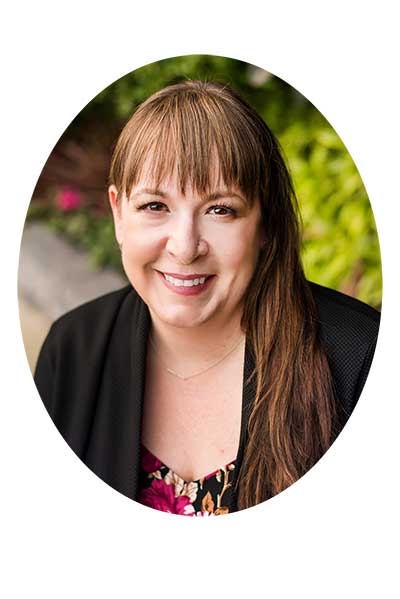
MEDICAL DISCLAIMER
This content is for informational and educational purposes only. It is not intended to provide medical advice or to take the place of such advice or treatment from a personal physician. All readers/viewers of this content are advised to consult their doctors or qualified health professionals regarding specific health questions. Neither Dr. Smith nor the publisher of this content takes responsibility for possible health consequences of any person or persons reading or following the information in this educational content. All viewers of this content should consult their physicians about their skincare concerns and routines.


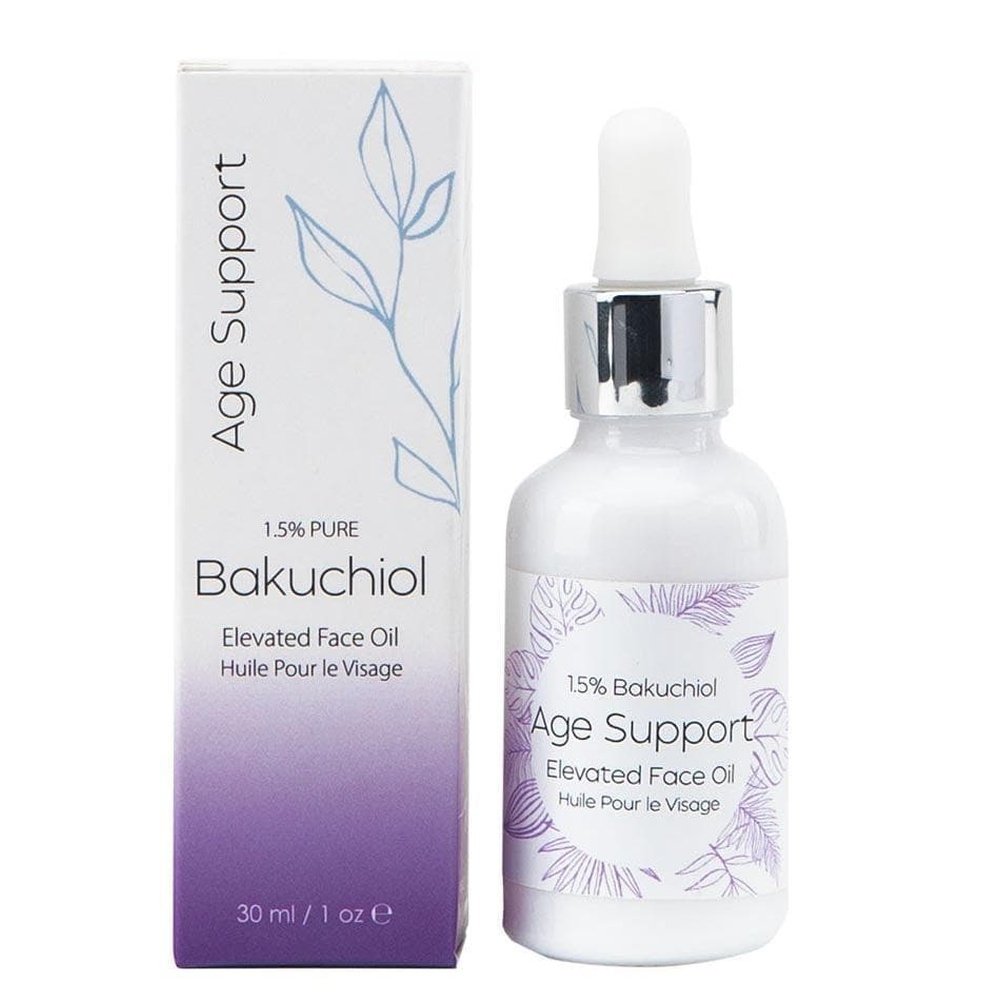
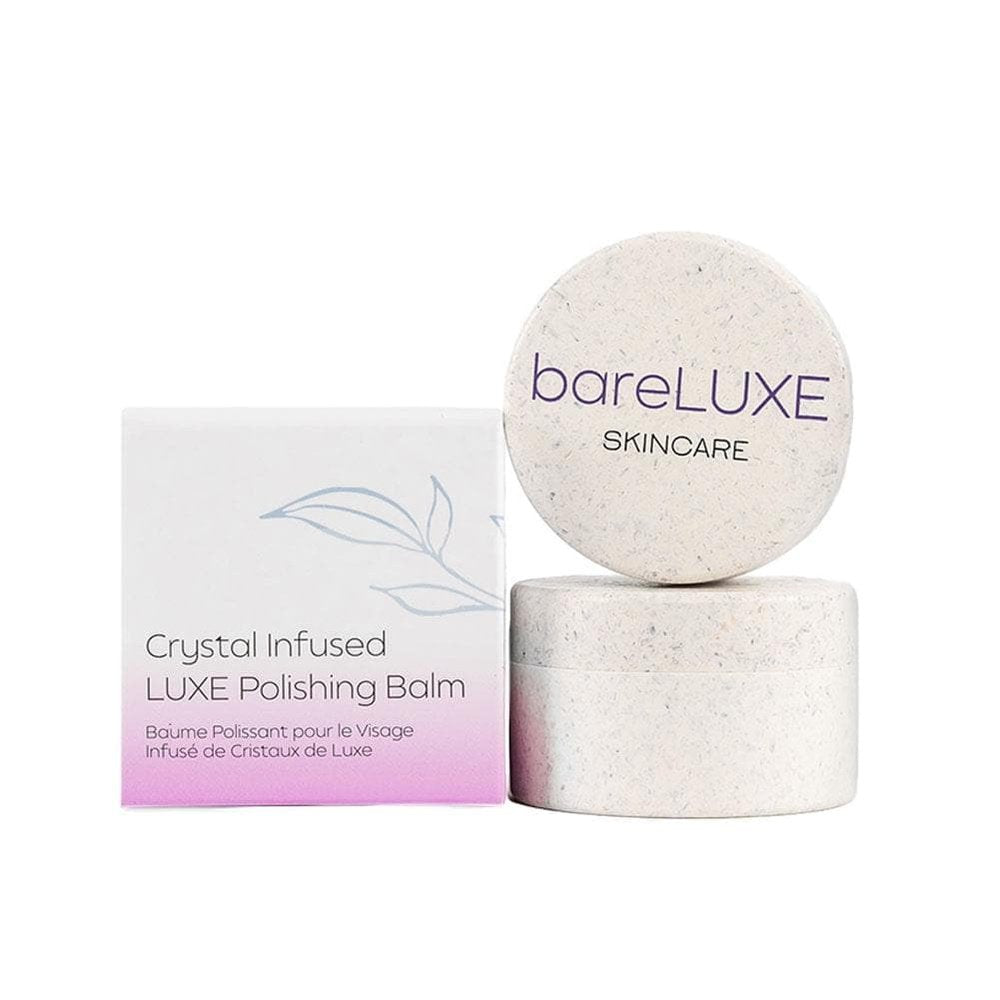
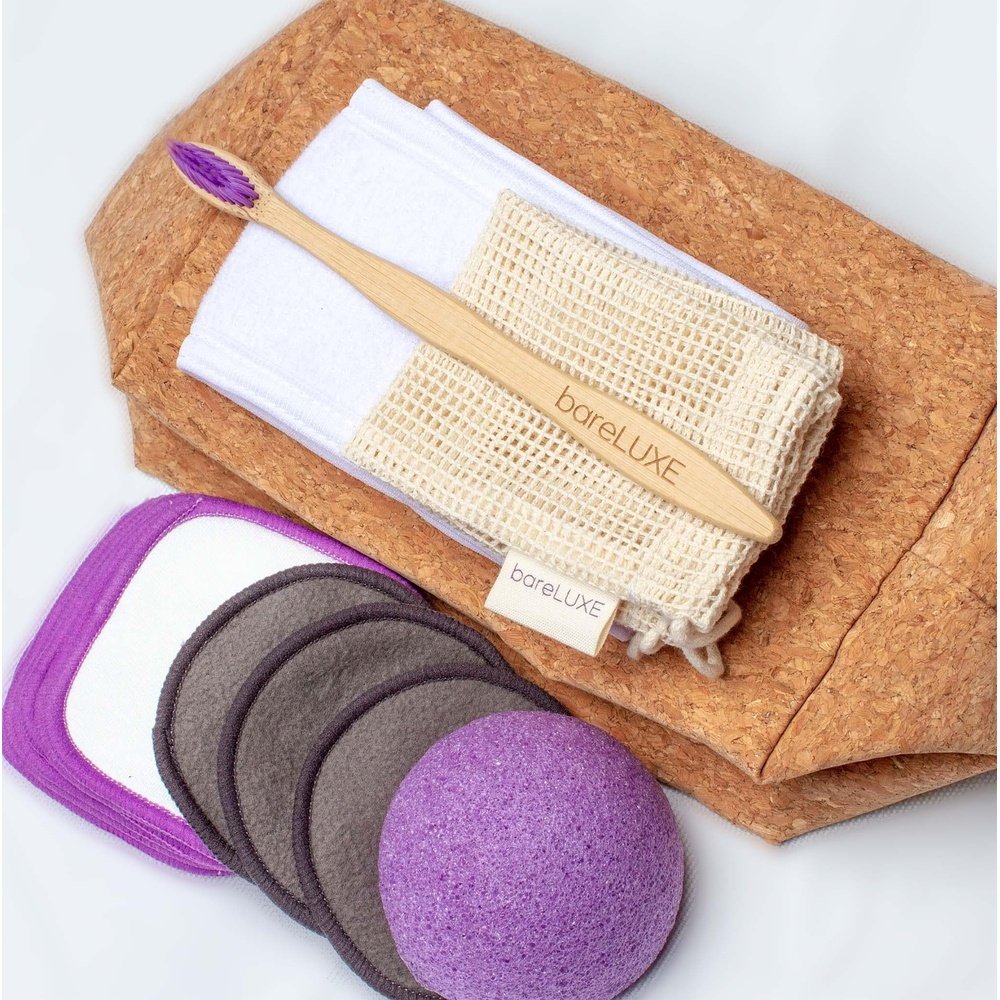
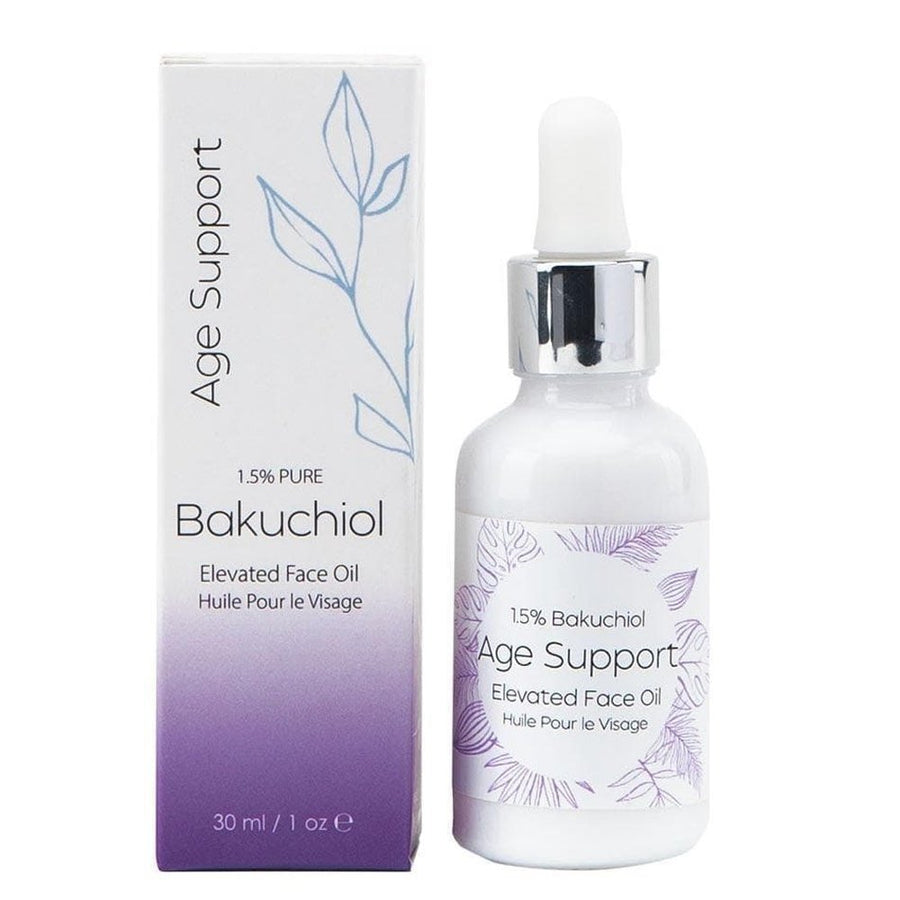
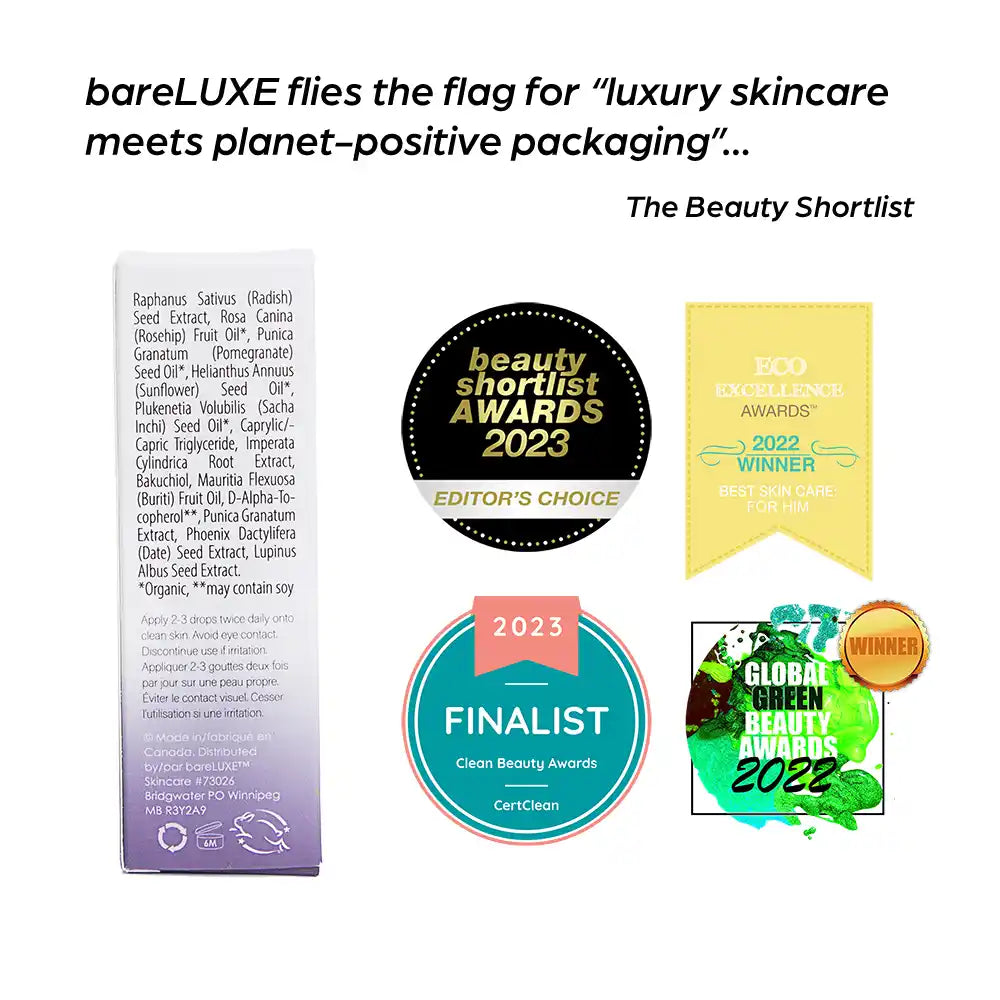
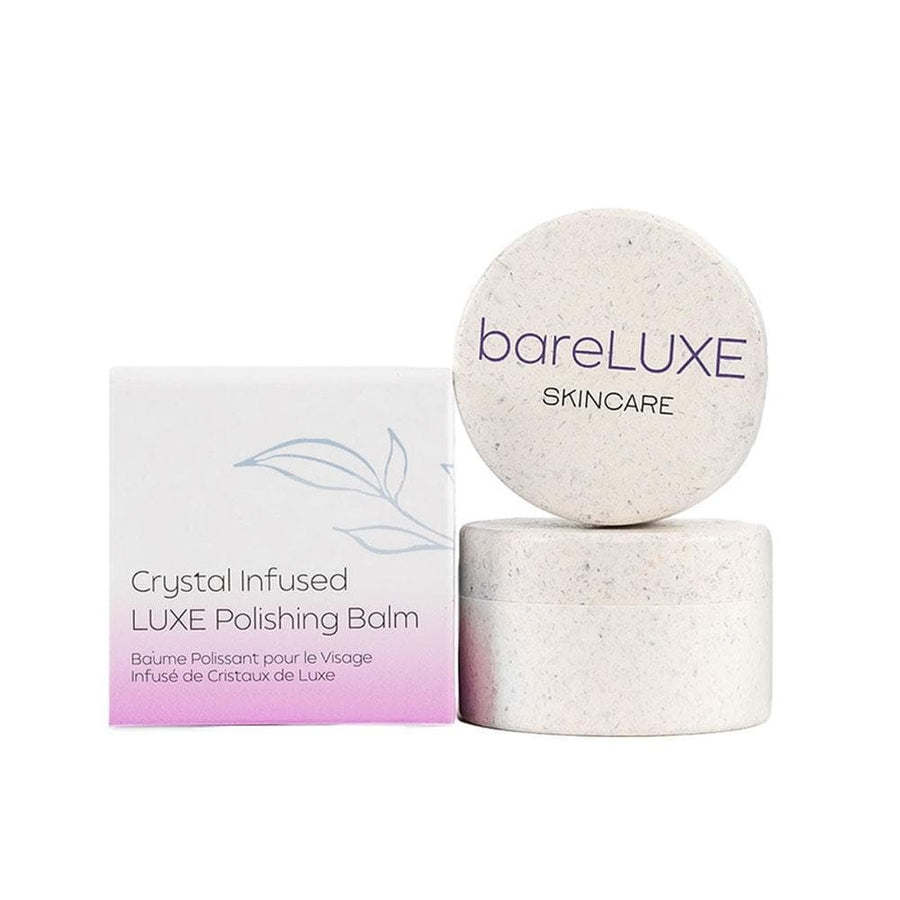
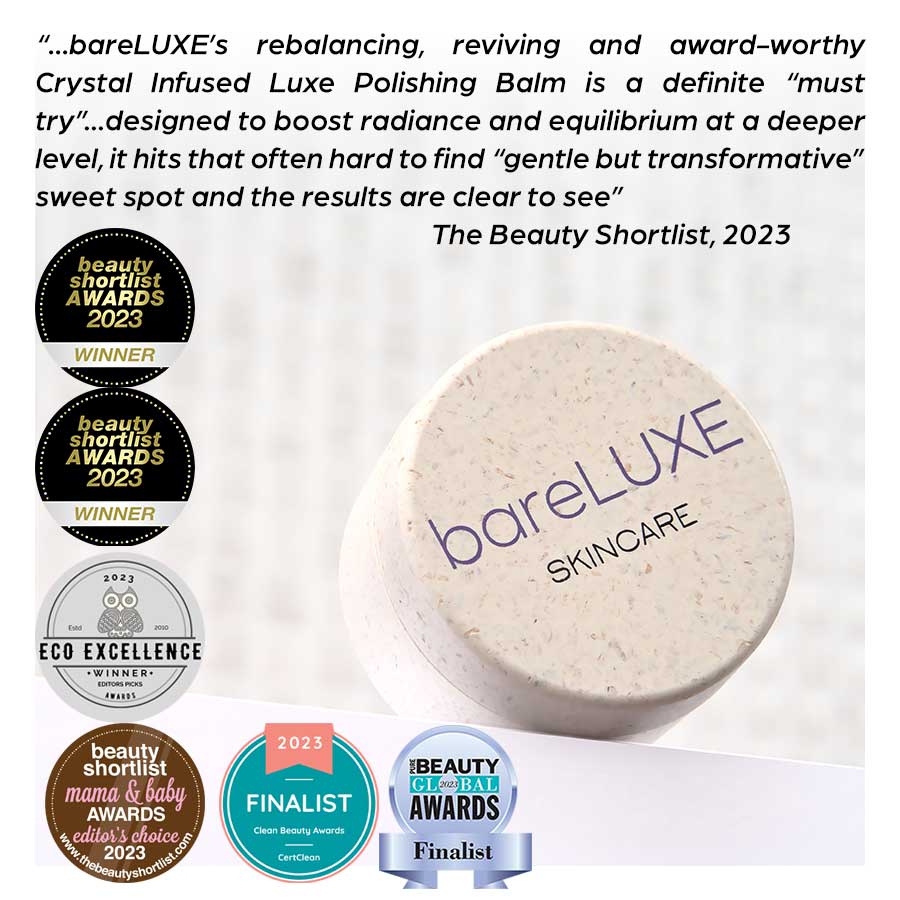
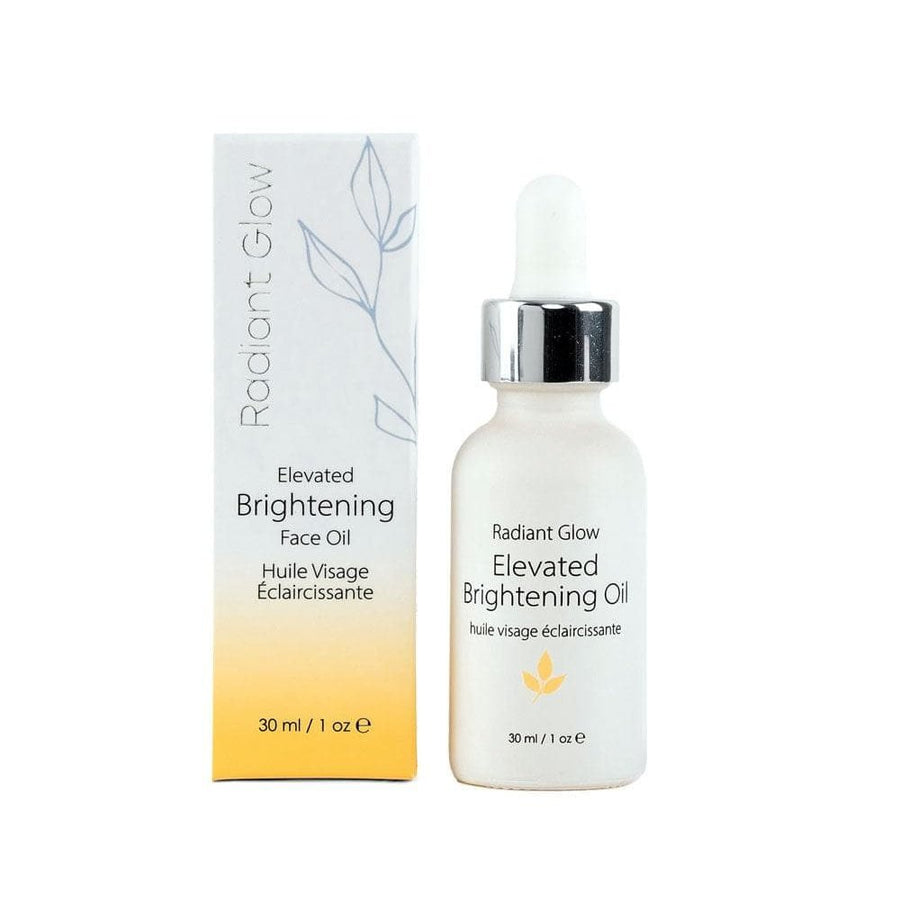
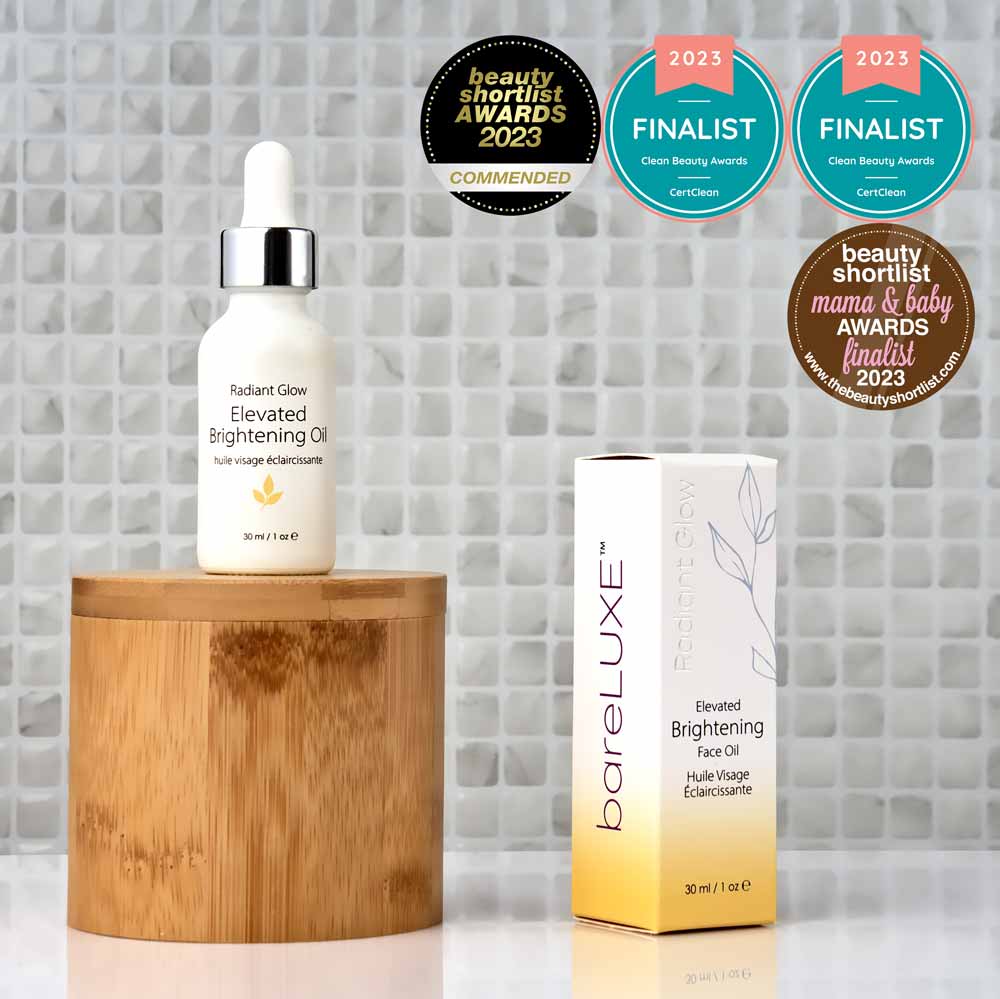
Leave a comment